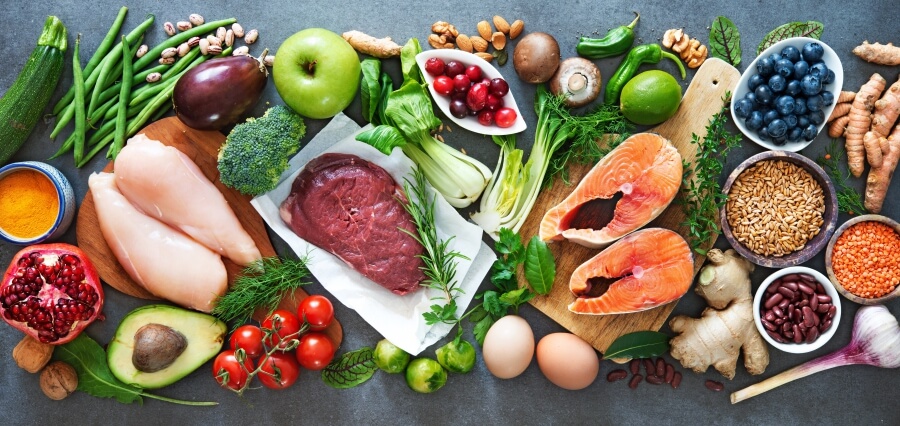Diabetes Management
Diabetes is a serious health problem, which is spreading very rapidly across the world. It is the collective end result of an unhealthy diet, improper sleep, lack of physical exercise, intense tension, and more. Some people also develop this worrisome metabolic disorder genetically.
According to the International Diabetes Federation (IDF), more than 425 million people are at present suffering from the disease across the world with most of them having Type 2 diabetes. Many researches also show that this disease will increase its human toll in the near future if necessary action is not taken on an immediate basis.
Although, drug therapy, exercises, and proper/balanced diet are assisting millions control their blood sugar levels, we have come up with some exclusive list of famous herbs, spices, and fruits that can also do wonders, as far as diabetes management is concerned. However, results of all such remedies can vary from person-to-person (based on different conditions) and one should not take it without the consultation of doctor.
Holy Basil
Ocimum tenuiflorum, popularly known as holy basil, tulasi or tulsi, is an aromatic plant in the family of Lamiaceae. Many studies have proved that regular intake of Basil can help a diabetic patient to control sugar levels. The reason is that the leaves of this plant are packed with antioxidants that produce eugenol, methyl eugenol, and caryophyllene, which assist pancreatic cells to function properly and thus, ultimately increase sensitivity to insulin. This process, at the end, helps the patients to regulate blood sugar levels. Moreover, the benefits of this holy plant do not stop only on controlling diabetes. Tulsi leaves are considered good for digestion, skin, and also help reduce oxidative stress in the body.
In a random trial conducted on few diabetes patients, it was found that consumption of 2g of tulsi leaves extract alone, or combined with neem leaves extract, resulted into lowering the diabetes symptoms. However, this study also revealed that tulsi or any other herbs/spices alone can’t lower the blood sugar levels and results can vary from person-to-person. But to achieve better results it would be great to consume it along with the drug therapy and consider tulsi leaves as an adjunct therapy, not as a regular therapy for diabetic management.
Bilberry
Bilberry- a popular fruit, native to Europe, is quite different than America’s blueberry. Their appearance might look similar from a distant range, but both of these fruits are completely different from each other. Bilberry is softer compared to blueberry and gives a sweet taste with a slight tart and acidic quality. Moreover, Bilberries are considered superior to Blueberries as it is blue throughout and this greater density of blue colour carries more anthocyanins—the wholesome antioxidants that fight diabetes. According to one prominent study, it is revealed that regular intake of fresh bilberries, approx. 400gms daily, can help patients to improve their metabolic disorder.
Few other studies also reflected that Bilberry leaves contain tannins, flavonoids, polyphenols, and a high concentration of chromium. These ingredients possess the quality to fight against diabetes. Although, it is only theoretically proven till date, and its adaptability is limited, but it is also a fact that its leaves contain special chemicals like glucokinin and neomirtilline, which can help controlling blood sugar. Moreover, some researchers suggest that flavonoids in Bilberry leaves can also help a patient in its fight against diabetes circulation disorder. Such researches are still in its early stage, but Bilberry surely holds a promise to lower blood sugar levels in a natural way. This tasty fruit and its leaves also assist patients in maintaining good eye health, heart health, and help reduce inflammation in human body.
This yellow coloured popular spice (also considered as a great herb by many) is not only famous for adding flavour to our dishes but also known for its vital properties that fight against diabetes and cancer disorders. Turmeric contains curcumin, which is the most beneficial component of this spice. It has an anti-inflammatory, anti-aging, antioxidant element that benefits a diabetes patient.
Ginger
Ginger is a flowering plant whose rhizome is widely used as a spice and folk medicine. It is commonly produced in India, Jamaica, Fiji, Indonesia, and Australia and has been used for thousands of years for medicinal purposes. Although, many of us use ginger to make aromatic tea, savoury dishes, and delectable beverages, only few know about its fascinating health benefits.
It is considered as a perfect herb to fight diabetes and high blood lipids, since it attacks diabetes from all sides. It even assists in weight loss. Fundamentally, ginger contains certain key elements, which obstruct critical enzymes that directly affect how carbs are metabolised and insulin sensitivity as a whole. This results into greater absorption of extra glucose in the muscles and ultimately assists a diabetic patient to control blood sugar levels.
Moreover, ginger provides multiple health benefits to the patients apart from controlling blood sugar levels. It helps people during nausea, cold, inflammation, pain, digestion, and even maintaining balanced cholesterol level.
Therefore, use this medicinal herb in fresh, dried, oil, or in a capsule form to maintain a good health.
Although the list is endless, but Thyme, Tarragon, Stevia, Sage, Rosemary, Peppermint, Garlic, Fennel, Dill, and Dandelion, among various others, also benefit a diabetes patient a lot in his/her fight against this worrisome metabolic disorder. Even though, these remedies can surely do wonders to your health, it should be used as an adjunct therapy and not as a primary therapy, that too with the proper consultation of your doctors.
– By Ashwini Deshmukh










